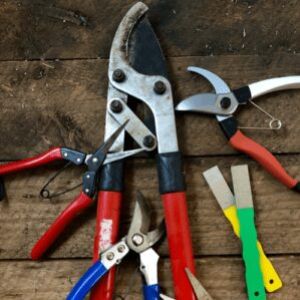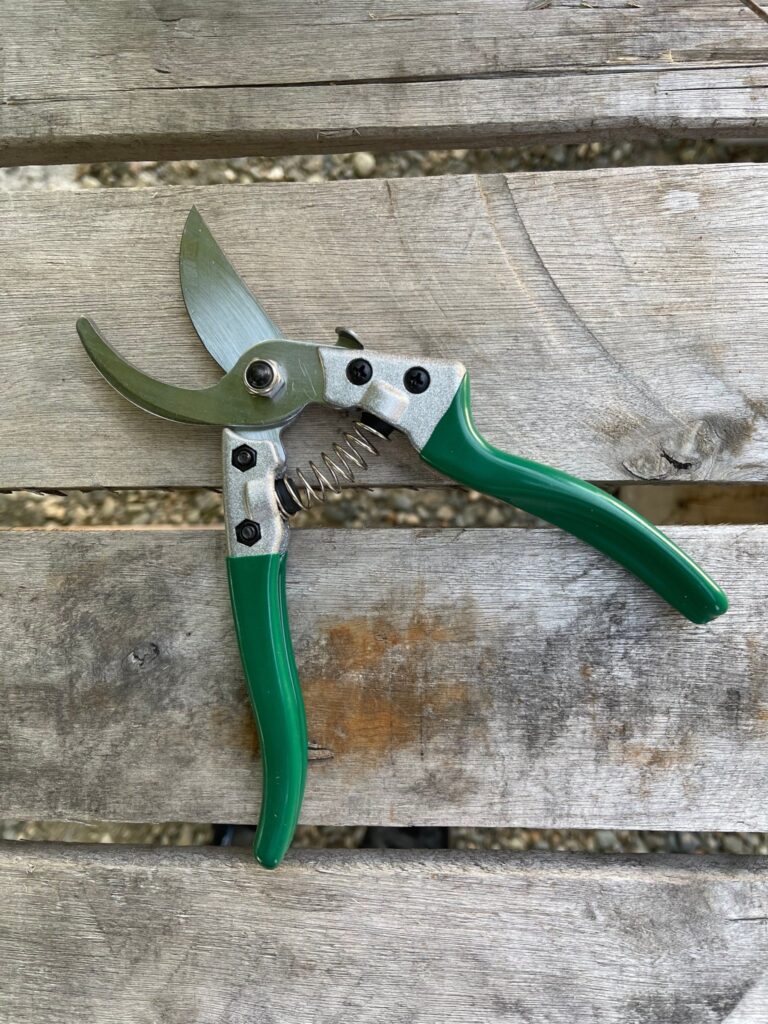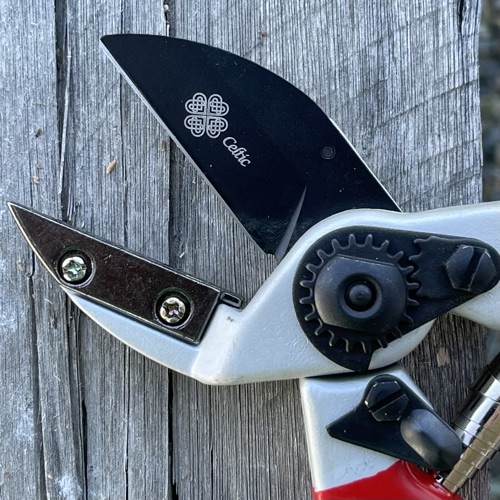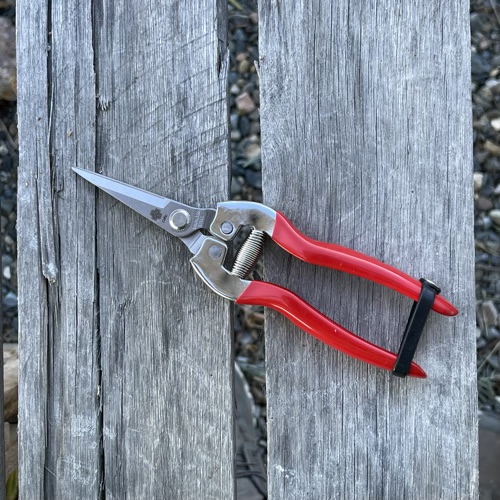Pruner Shears – Finding the Best Pruners for You
What makes the best hand pruners, and how to buy ones that are right for you.
We have been through a lot of different pruner shears in our time gardening and on the farm here at Celtic. And I can tell you, there is nothing worse than using a bad set of hand pruners all day. What are some of the key problems with pruners? How can you avoid them and. find the best pruners for you?
Great Pruners for Specific Garden Tasks
Let’s start with a quick overview of the different types of hand pruners and shears available to gardeners today. Hand pruners are a vital tool in gardening and come in various styles to meet different pruning needs.
Bypass Pruners These operate like scissors, with two curved blades that slide past each other to make clean cuts. Perfect for pruning live plants and green wood, they help ensure minimal damage to plant tissues, promoting healthy regrowth.
Anvil Pruners Featuring a single straight blade that closes onto a flat edge or ‘anvil,’ these are best used on dead or dry branches. They tend to crush the plant tissue beneath the cut and are not recommended for live plant material where a clean cut is necessary.
Ratchet Pruners A specialized variant of anvil pruners, ratchet pruners cut in stages and require less force, making them ideal for gardeners with limited hand strength or arthritis.
Snips (Micro-Tip Pruners) Designed for fine work such as deadheading delicate flowers, snipping herbs, or detailed shaping, snips have thin blades and are not suitable for cutting thick branches.
Choosing the right hand pruners involves considering the garden’s needs, the branch size to be cut, how the pruner fits in the hand, and the user’s physical strength. Maintaining the pruners by keeping them clean and sharp is crucial for making clean cuts and prolonging the tool’s lifespan.
Pruners in the Field: Our Experience
Here at Celtic farm we run a flower growing operation, as well as a floral studio. Learned quite a bit going through tons of different garden cutting devices and printers from all different sources. Well, here is a quick list of things we have experienced over the years:
- Cheap Metal Pruner Blade – any pruner that is black metal is typically made of cheap steel and will rust, pit and get dents in the pruner cutting blade. We like stainless, shiny blades for all our garden pruners, and premium pruners will have them.
- No leverage – Sometimes we have to cut thick stalks and branches with our pruning tools. Many pruners have straight handles with no offset, and this means no leverage in the blade, and pain in the hands.
- Not Wide Enough – to cut those big dahlia stalks, or the sunflower broom handle shoots, we need an opening that can handle a decent diameter.
- Heavy – low quality hand pruners weigh a ton (cheap steel).
- Poor Spring – low quality pruners are not snappy when you open and close them due to a cheap metal spring.
The Best Pruners: High Quality Characteristics
Ok, enough of the bad stuff, the question is, how can I tell a high quality set of pruning shears? Here you go:
- Shiny carbon steel/stainless, curved pruner blade.
- Offset pruner handle and blade for leverage.
- Ergonomic pruner handle angles to easy pressure on the wrist
- Wide opening blade mouth for easy big cutting.
- Stainless secateur spring.
- Lightweight aluminum shear handles.
- Sharp, tough cutting edge.
- Smooth, quiet cutting action.
This is just a quick article on how to spot the best pruning shears when you are shopping. They will put a happy smile on any gardener’s face at first use. If you want to see our recommended shear for pruning, you can find it here in our store:
Our Best Pruning ShearsRecent Posts

The Advantages of Built-Up Garden Beds: A Gardener’s Best Friend

The Secret Weapon for Lush Blooms: How to Create the Perfect Fertilizer Schedule

Create a Stunning Cottage Garden with These Easy-to-Grow Flowers

Fastest Growing Trees: Transform Your Landscape Quickly

What to Plant in July: A Comprehensive Guide for Gardeners














You must be logged in to post a comment.